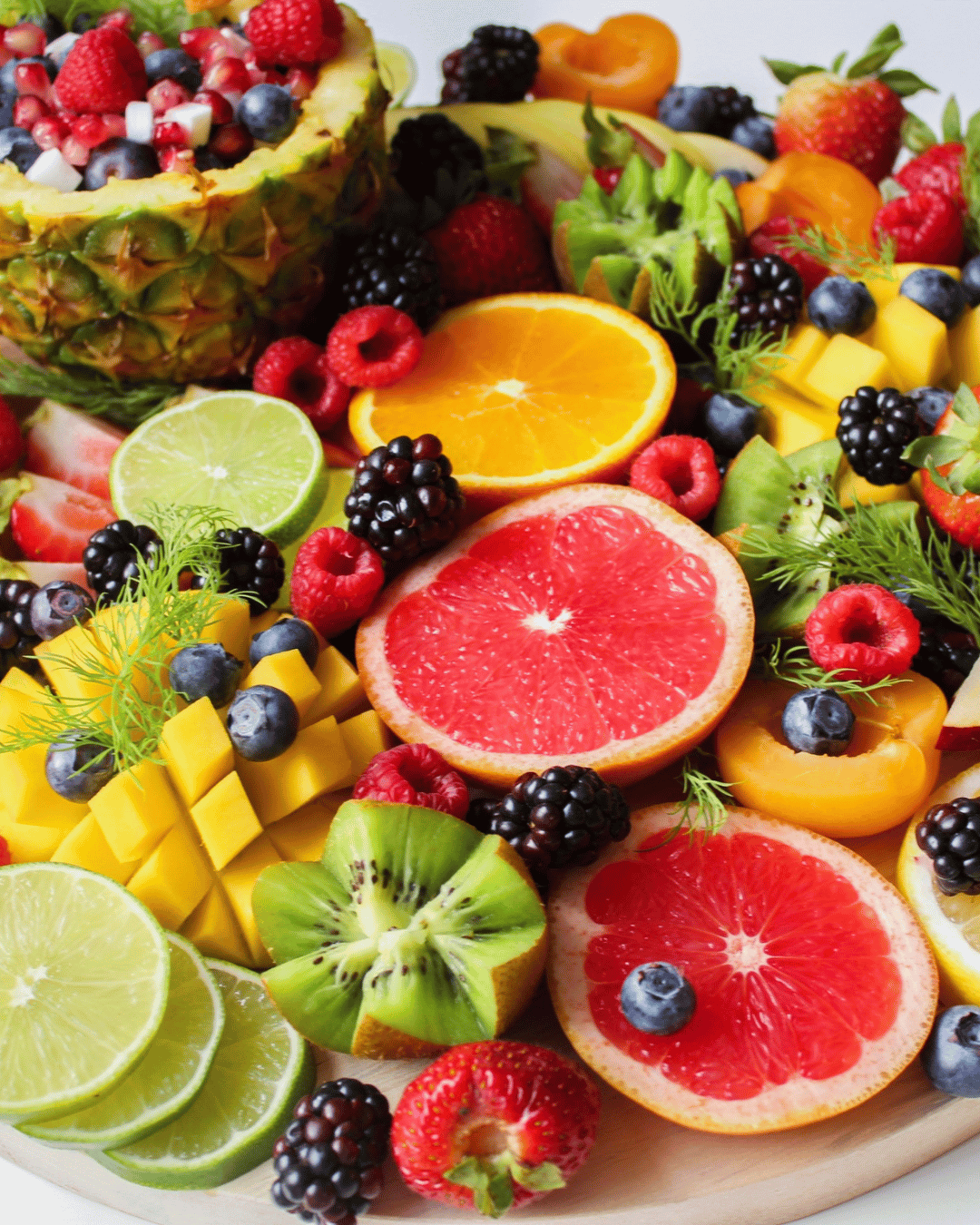In the core of the Philosophy of Ayurveda and Yoga it is the concept of the three Gunas. Guna is a Sanskrit word which translates as quality, attribute, tendency or energy that is present in food, nature and actions.
Understanding the concept of the three gunas and their interplay helps us understanding the quality of our emotions and actions and allows us to cultivate more of the Sattva energy that translates into peace of mind, clarity, health and joy.
Sattva is balance and harmony. Is abundantly present in nature and in wholesome activities such as meditation, yoga, moon gazing, playing music, walks in nature, pure and freshly cooked foods, herbs, most ripe fruits and vegetables, water, selfless service, art, spirituality. It is our ideal state and defines true health and clarity of the mind.
Rajas is the quality of passion, stimulation, instant pleasure, and it is the predominant energy nowadays. Raja gunas is present in the overstimulation and overindulgence of the 5 senses with substances and activities that cause excitement such as caffeine, tomatoes, excessive use of spices, fermented foods, alcohol, tobacco, excessive sex. It gives us courage and determination.
Tamas is the quality of inertia, darkness and stagnation. It is mostly present in fast foods, leftover foods, meat, recreational drugs, excessive sleep, laziness, addictions. It leads to heaviness in the body and depression of the mind.
It is important to know that we all need to have the three gunas (energies) in our lives, but too much Rajas will lead to stress, disturbed sleep, digestive issues, anger, criticism of self and others. An excess of Tamas will lead to lethargy and a lack of purpose in life.
Get into the habit of asking yourself which of these 3 energies do I want to feed my senses with? Balance it accordingly and enjoy more joy, clarity and well-being.
Sattvic Foods
Fruits – apples, apricots, berries, dates (fresh), figs, grapefruit, grapes with seeds, lychee, kiwifruit, mangoes, melons, nectarine, oranges, peaches, pears, pineapple, plums, pomegranates, prunes, starfruit, tangerines (sweet), raisins
Legumes – adzuki beans, black beans, black eyed peas, broad beans, brown lentils, cannellini beans, edamame beans, green lentils, mung beans, fresh snap peas, split mung beans, split peas
Nuts – almonds, brazil nuts, cashew nuts cooked, chestnuts, coconut, hazelnuts, macadamia nuts, pine nuts, walnuts, pecans, pistachio, tahini
Oils – almond oil, coconut oil, flaxseed oil, ghee, macadamia nut oil, mustard seed oil, sesame oil, olive oil
Other – honey, maple syrup, raw milk, raw sugar cane, watercress, fresh wasabi, rose petals, lavender flowers, fresh almond milk, fresh rice milk, fresh coconut water
Spices – anise, basil, black pepper, brown mustard seeds, cardamom, carob, coriander, cinnamon, cumin, coriander, dill, fennel, ginger, mint, lemon grass, sesame seeds, turmeric, vanilla bean
Vegetables – artichokes, asparagus, bamboo shoots, beets, bitter gourd, pak choy, broccoli, brussel sprouts, burdock, cabbage, carrots, cauliflower, celeriac, celery, corn, courgette (zucchini), cucumbers, fennel bulb, green beans, dark leafy greens, jerusalem artichoke, okra, parsnips, snow peas, spinach, summer squash, sweet potatoes, turnips (sweet), yams
Whole grains – amaranth, barley, basmati and jasmine rice, buckwheat, cornmeal, millet, oats, quinoa, rye, spelt, teff, wheat, wild rice, fresh pasta, fresh noodles
Rajasic Foods
Fruits – dates (dried), bottled juices, guava, lime, lemon, passion fruit, papaya
Legumes – kidney beans, navy beans, pinto beans, red lentils
Nuts and seeds – hemp seeds, peanuts, sprouts, sunflower seeds
Oils – avocado oil, hemp oil, peanut oil, sunflower oil
Other – fresh cheeses, avocado, cottage cheese, egg, all fermented foods, ice cream, miso, molasses, sucanat, olives, salt, vinegar, yogurt, commercial almond, hemp or rice milk, all caffeine (including cacao, chocolate, coffee, caffeinated teas, decaf tea and coffee)
Spices – asafoetida/hing, cayenne, chili pepper, fenugreek, garlic, excess of any spice
Vegetables – eggplant, onions, capsicum (bell peppers), leeks, hot peppers (chilis), potatoes, radishes, sea vegetables, sprouts, tomatoes
Whole grains – Commercial rolled oats, parboiled grains
Tamasic foods
Fruits – all over-ripe fruits, bananas
Grains – all exposed to light or more than one year old, extensively refined grains, dried and packaged pasta
Legumes – all canned, older than 2 years, garbanzo beans (chickpeas)
Nuts and Seeds – all old or exposed to light, chia seeds
Oils – all older than 1 year or rancid, canola oil, vegetable oil, rapeseed oil, safflower oil
Other – alcohol, all animal flesh (beef, chicken, fish, fowl, goat, lamb, pork, rabbit, shellfish, turkey, venison), artificial sweeteners, barbecued or blackened foods, food with preservatives or synthetic ingredients, deep fried foods, frozen foods, leftovers, margarine, condiments, all refined sugar, old tea bags, smoked food, microwaved food
Spices – all old or stored in the light
Vegetables – all mushrooms, pumpkin, winter squash
Food list extracted from www.halepule.com


